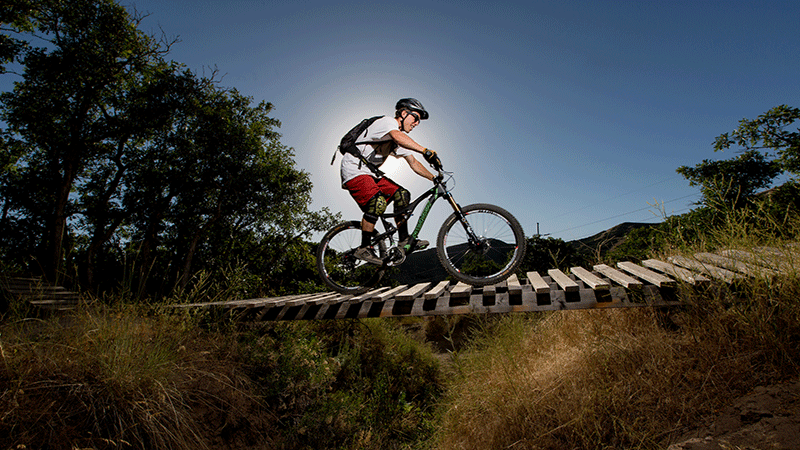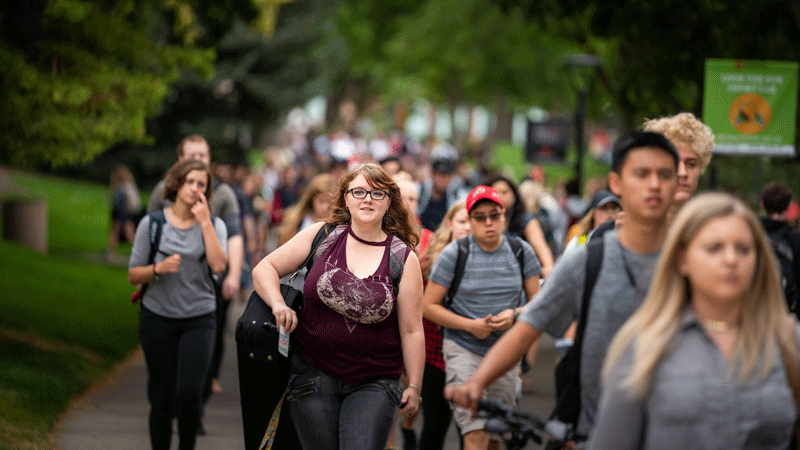Humans and Nature & Humans and Society

HUMANS AND NATURE
Nature is … well, nature – right? It turns out that how people perceive nature – both in terms of what it is and what ends it serves – varies tremendously according to time, place, and cultural orientation.
Fall Semester

HUMANS AND SOCIETY
Compass a diverse array of human experiences as we reflect upon how human identity is constructed and defined in terms of physicality, race, gender, ethnicity, religion, sexual orientation, etc.
Spring Semester
In this course we will seek to gain an appreciation of how nature has been understood in America, from the exploratory period of Lewis and Clark, through the scientific advances and social upheavals of the nineteenth and twentieth centuries, all the way to the present day.
The final assignment for the course will take the form of an imagined dinner party. Working in small groups, students will bring to life a gathering of three authors or characters we have encountered this semester and recreate their (hopefully dynamic) conversation on a topic or topics relating to nature/the environment. I anticipate that most papers will be in the form of a dramatic dialogue, with the identity of each speaker clearly indicated – though other formats are possible.
There are two parts to the assignment: a brief class presentation and a written paper. The presentation may be viewed as a “dry run” for the written paper, and an opportunity to receive valuable feedback in advance of turning in the written paper.
All students will present to the class within a group. However, students may subsequently opt to hand in a group paper (collaboratively authored) OR may hand in a paper authored independently. The written paper may be in whole or in part based on the presentation and the feedback received therefrom.
Drawing upon fiction, nonfiction, prose poetry, and film, the spring LEAP course will focus upon border crossings.
Sometimes this will entail a literal, physical movement across political boundaries, reflecting the restless modern impulse to establish a sense of place in the world. Yet we will also come to understand borders in a more figurative sense, as represented by the limits and prohibitions against which people strive.
Finally, bridging these concepts, we will reflect upon how human identity is constructed and defined in terms of physicality, race, gender, ethnicity, religion, sexual orientation, etc. – and the myriad “crossings” that complicate identity formation, both within individuals and within communities. Along the way, we will compass a diverse array of human experience (and at least one monster’s) while becoming fluent with terms like alienation, displacement, and hybridity. The final project for the course will challenge students to grapple with these concepts on a more personal level.
Texts for the course will be scholarly articles, first-person narratives, fiction, poetry, and documentary film. And may include:
Henry David Thoreau, Walden, Yale University Press, 2006
Jack London, The Call of the Wild, Puffin Classics, 2008
Cormac McCarthy, The Road, Vintage, 2006
Mary Shelley, Frankenstein, Penguin Classics
Charles Baudelaire, Paris Spleen, New Directions
Robert Louis Stevenson, Dr. Jekyll and Mr. Hyde, Signet Classics
Richard Wright, Black Boy, Harper Perennial
Art Spiegelman, MAUS I: A Survivor’s Tale, Pantheon Books
Alternative readings may be required as the semester progresses.
Mike White, Ph.D.
